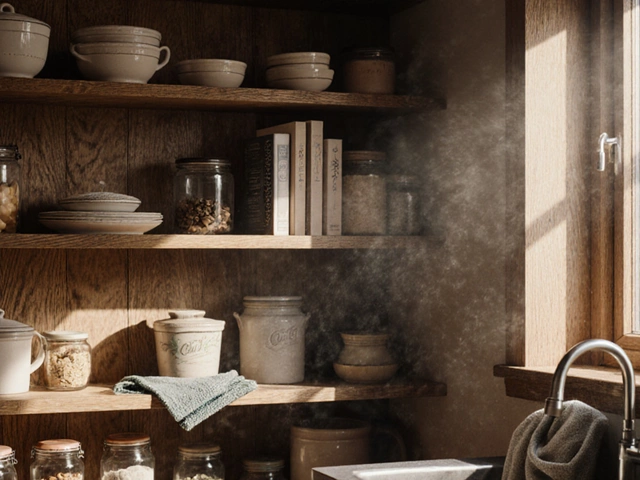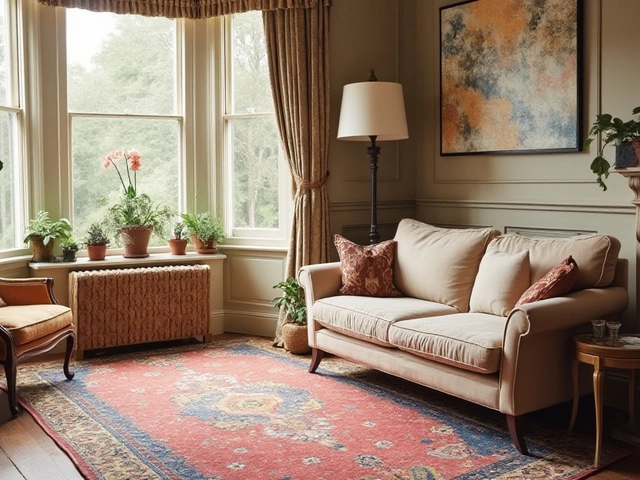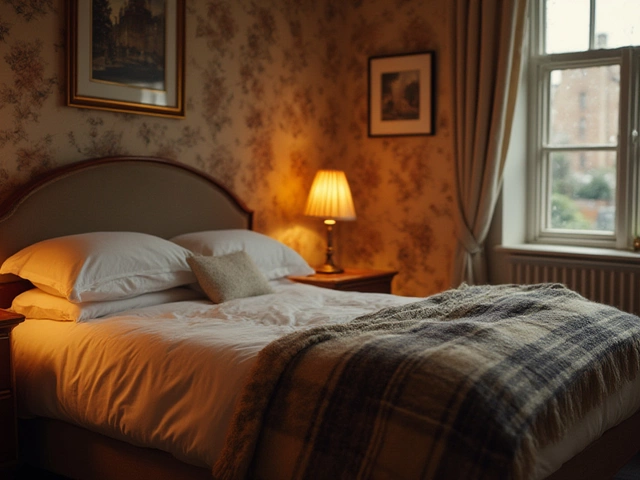Why Grey Sofas Are So Popular: Design, Style, and Practical Benefits
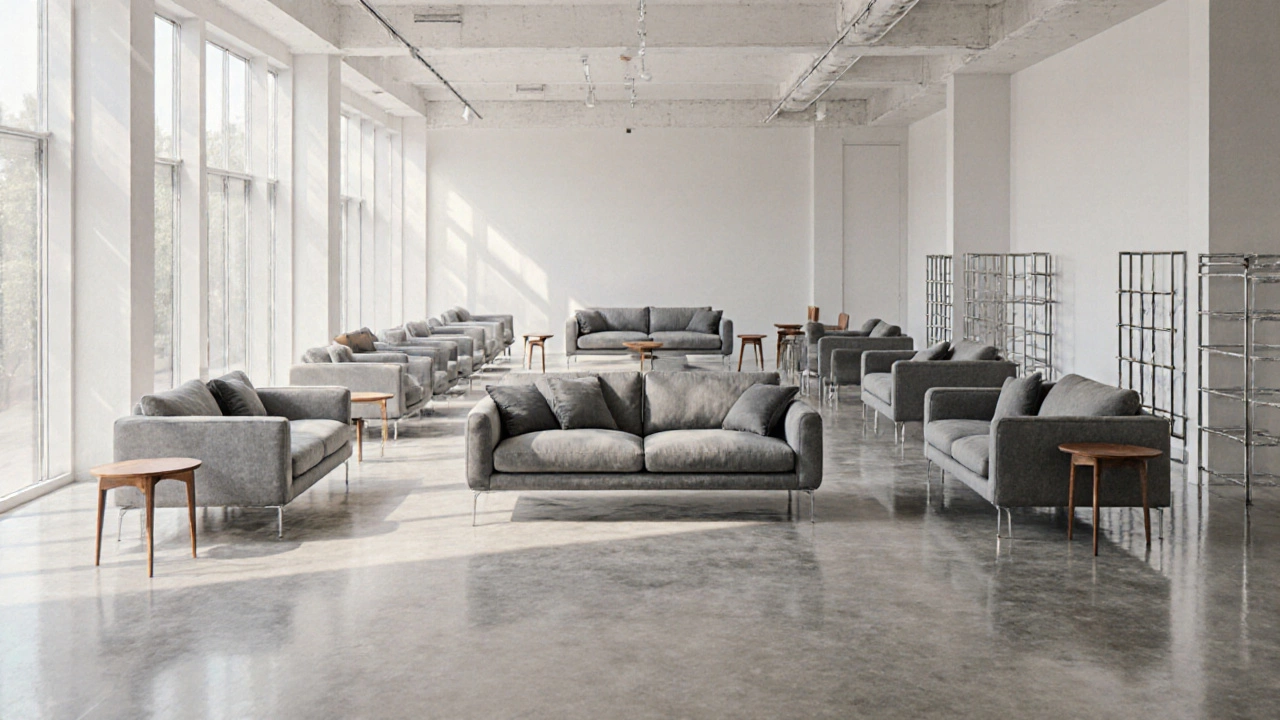
Grey Sofa Selector
Find Your Perfect Grey Sofa
Answer these quick questions to get personalized recommendations based on your space and lifestyle
Key Takeaways
- Grey sofas match almost any colour scheme, making them a safe style choice.
- They hide stains and wear better than lighter hues, which is great for families and pets.
- Neutral tones like grey support a calming vibe and fit well with current interior‑design trends.
- Grey couches often retain resale value because they appeal to a broad audience.
- Choosing the right fabric and finish maximises durability while keeping the look fresh.
Ever walked into a showroom and noticed a sea of grey sofas lined up like the star of the show? You’re not alone. Home‑decor enthusiasts, real‑estate agents, and even rental‑property owners keep reaching for that shade. But why does it dominate living‑room layouts across styles and budgets? This article breaks down the psychology, practicalities, and design principles that make grey the go‑to colour for couches.
Grey sofa is a neutral‑coloured seating piece that blends with a wide range of interior palettes while offering a sleek, modern look. Its versatility stems from the balance of light and dark tones, which creates depth without overwhelming a space. Let’s explore how that balance works in real homes.
The Colour Psychology Behind Grey
Colour psychology isn’t a mystical art; it’s backed by studies showing that neutral shades like grey promote calmness and focus. When you sit on a grey couch, your brain registers a subtle, grounding backdrop, allowing other decorative elements-art, cushions, or a bold rug-to take centre stage. This effect is why many designers recommend a grey base for open‑plan living areas where multiple activities happen simultaneously.
Grey as a Match‑All Fabric Base
One of the biggest selling points of a grey couch is its ability to pair with virtually any colour family:
- Warm tones: Burnt orange throws or mustard pillows pop against grey without clashing.
- Cool tones: Navy blankets or teal accent chairs create a sophisticated, monochrome look.
- Bold accents: A bright yellow ottoman or a patterned rug becomes the room’s focal point, anchored by the neutral sofa.
This flexibility reduces the risk of a costly redesign if you decide to change wall colour or décor later on.
Practical Benefits: Stains, Wear, and Longevity
Life happens-spilled coffee, muddy paw prints, or the occasional pet hair. Light‑coloured sofas showcase every blemish, demanding frequent cleaning or frequent replacement. Grey, on the other hand, masks minor stains and everyday wear. That’s why families with children or pets gravitate toward darker neutrals.
Pet‑friendly upholstery refers to fabric treatments that resist scratches, stains, and odours, extending a couch’s usable life. When you combine a grey colour with a durable, pet‑friendly weave, you get a couch that looks good for years without constant upkeep.
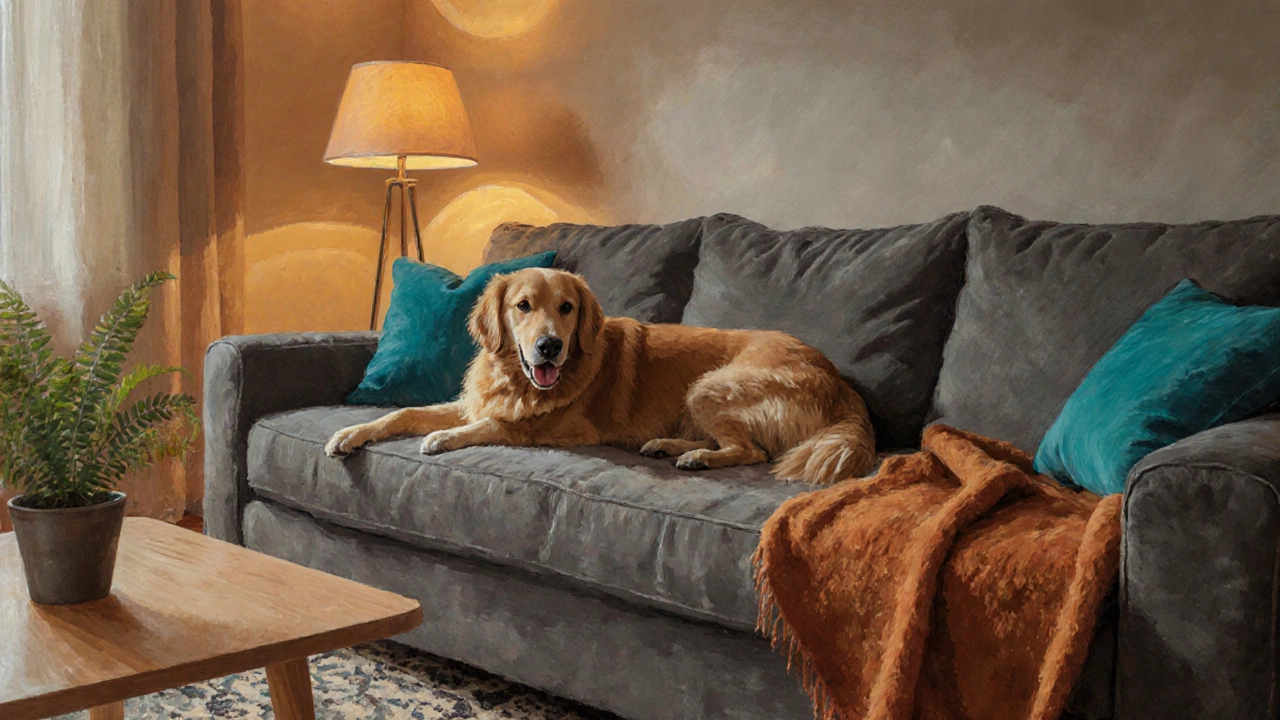
Fabric Choices That Complement Grey
Grey isn’t just a colour; it’s a canvas for the right material. Here are the most common fabric families and why they pair well with a grey base:
- Microfiber: Soft, low‑pile texture that resists stains and holds colour well.
- Linen blends: Offer a relaxed, breezy feel while maintaining a subtle matte finish.
- Velvet: Adds depth and a touch of luxury-especially in darker greys that showcase the fabric’s inherent sheen.
- Leather: Grey leather ages beautifully, developing a patina that many owners love.
Choosing the right fabric depends on your lifestyle. For high‑traffic homes, microfiber or a performance‑treated linen works best. For a high‑end lounge, a plush velvet gives a statement look.
How Grey Sofas Fit Current Interior‑Design Trends
Design magazines and influencers consistently showcase grey as a cornerstone of minimalist and Japandi aesthetics. These trends emphasize clean lines, natural materials, and a calm ambience-exactly what a grey sofa delivers. When paired with wood tones or greenery, the couch becomes a silent but powerful anchor.
Resale Value and Rental Appeal
Investors and landlords know that a neutral‑coloured couch sells faster. Prospective buyers often visualise their own belongings in a space; a grey sofa provides a blank slate that suits many tastes. Studies from real‑estate platforms in 2024 show that staged homes with grey furniture spend, on average, 12 % less time on the market.
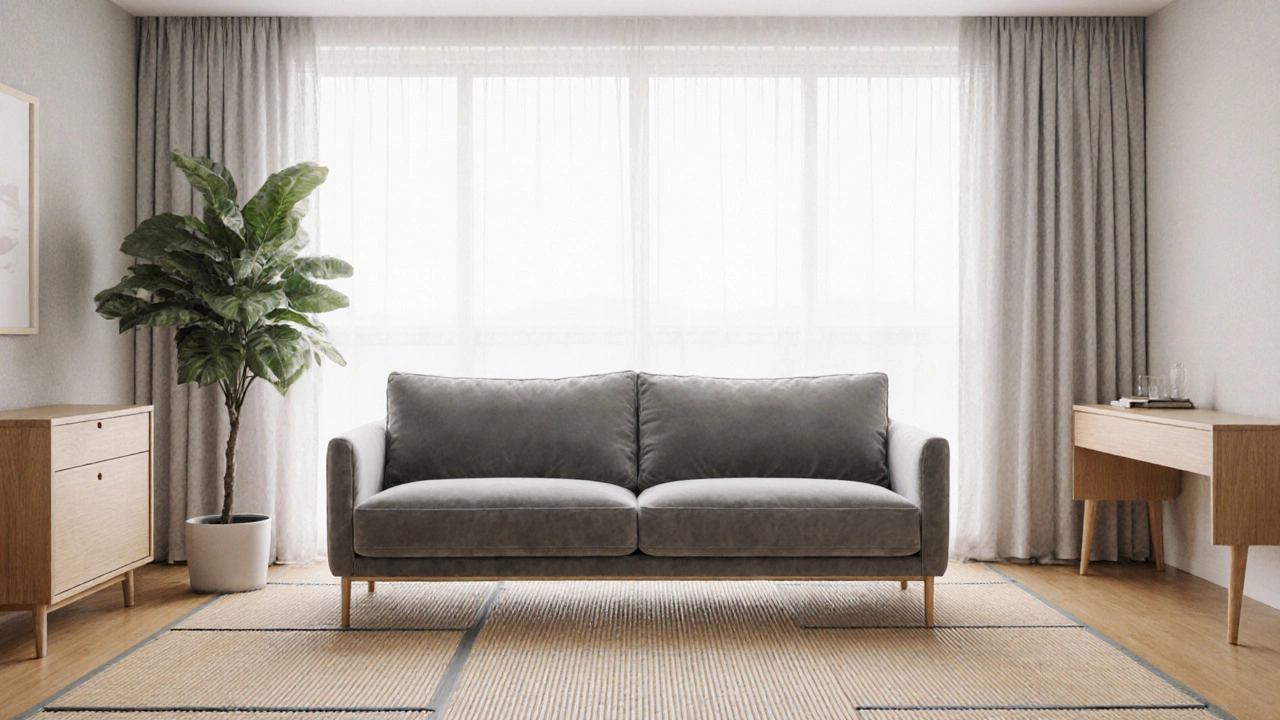
Comparison: Grey vs. Other Popular Sofa Colours
| Attribute | Grey | Beige | Navy |
|---|---|---|---|
| Stain Visibility | Low | Medium | Low |
| Design Flexibility | High | Medium | Medium |
| Trend Longevity (years) | 8‑10 | 5‑7 | 6‑8 |
| Resale Appeal | Strong | Moderate | Good |
| Best for Small Spaces | Yes | No | No |
As the table shows, grey consistently outranks beige in stain resistance and design flexibility, while offering comparable resale appeal to navy. If you value a couch that works with changing décor, grey is the safest bet.
Choosing the Right Grey Sofa for Your Home
Now that you understand the why, let’s walk through a quick decision checklist:
- Assess traffic: High‑traffic homes benefit from microfiber or leather.
- Consider lighting: Darker greys work well in bright rooms; lighter greys brighten dim spaces.
- Match existing palette: Pull colors from your wall paint, rugs, or artwork.
- Test comfort: Sit for at least five minutes; the right depth and cushion firmness are crucial.
- Plan for future: Think about potential colour changes-grey gives you room to experiment later.
Maintenance Tips to Keep Your Grey Sofa Looking Fresh
Even the most stain‑resistant couch needs care. Follow these simple steps to extend its life:
- Vacuum weekly with a soft brush attachment to remove dust and pet hair.
- Blot spills immediately; use a mild soap solution for fabric, or a leather cleaner for leather finishes.
- Rotate cushions every few months to ensure even wear.
- Apply a fabric protector spray annually if the manufacturer recommends it.
Frequently Asked Questions
Can a grey sofa make a small room feel larger?
Yes. Light‑to‑mid‑tone greys reflect ambient light, creating an airy feel. Pairing the sofa with sleek legs and minimal‑profile arms further opens up the space.
Is grey better than beige for families with kids?
Generally, yes. Grey hides crumbs, juice splashes, and minor scuffs better than beige, reducing the need for frequent cleaning.
What fabric is most durable for a grey couch?
Performance‑treated microfiber or a high‑denier polyester blend offers the best balance of softness and stain resistance.
Will a grey sofa clash with colourful artwork?
Not at all. The neutral backdrop actually makes vibrant pieces stand out more, creating a gallery‑like effect.
How often should I replace the cushions on a grey sofa?
If you rotate them regularly, high‑quality cushions can last 7‑10 years. Look for signs of flattening or loss of support.
Grey sofas aren’t just a passing fad; they’re a practical, timeless choice that adapts to changing styles, family needs, and resale considerations. Whether you’re furnishing a first apartment or upgrading a family‑room, the grey couch offers a reliable foundation for any design vision.

